Memorial Sloan Kettering Mortimer B. Zuckerman Research Center
New York, New York, United States
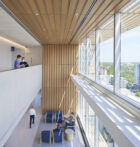
Centered on the patient experience, the new facility transcends established practices of hospital design to build and sustain Winship Cancer Institute’s pioneering treatment and research programs.
In 2018, Emory Healthcare and Winship Cancer Institute of Emory University announced their intention to create a cancer care center that has “never before been seen or imagined.” Winship Cancer Institute—the only National Cancer Institute (NCI)-designated Comprehensive Cancer Center in the state of Georgia—aspires to fundamentally change the way patients with cancer are treated.

We approached the design of Emory’s new 17-story building in the Midtown neighborhood of Atlanta as an opportunity to reimagine how architecture can serve healthcare. Drawing from our expertise across various building types—including civic, workplace, hospitality, and residential—our project was guided by a set of principles that aim to transcend established practices of hospital design.
The facility is organized around two-story “care communities,” each centered on a specific type of cancer. Within these, services normally distributed throughout a hospital are organized into one-stop destinations that combine exam, consultation, infusion, and supportive functions—resulting in a series of intimate communities that are tailored to the journey of each patient.

The building houses comprehensive oncology facilities including inpatient beds, surgical capacity, infusion treatment, outpatient clinics, diagnostic imaging, linear accelerators, and areas for wellness, rehabilitation, and clinical research. These spaces help build and sustain the Winship Cancer Institute’s distinctive oncology programs through recruitment and development of faculty, staff, and trainees.

Reflecting Emory’s commitment to civic engagement, the base of the tower meets the street with a transparent storefront. Taking cues from hospitality design, the visitor experience begins with a dignified arrival court with valet service. Amenities throughout the building reflect a holistic and expanded approach to patient care—including a retail boutique and pharmacy, a wellness center, a cafe, and multipurpose spaces for yoga, music, education, and art. The lower roof is home to an elevated garden—a place for respite as well as for dining and events.

A two-level pedestrian bridge connects the new cancer care center to the existing Emory hospital complex. The bridge is supported by a steel truss with an innovative geometry developed by our engineering team to make efficient use of materials. The structure was prefabricated on the ground and installed over the street in just a single weekend.


Through a holistic approach to energy-efficient design, the building will expend almost 40 percent less energy annually than the average hospital in Atlanta. The project is on track for a predicted Energy Use Intensity (pEUI) of 136 kBtu per square foot per year, a 32 percent improvement from typical hospitals in the United States, which expend 220 kBtu per square foot per year on average. The high-performance facade optimizes glazing and window-to-wall ratios, and the building features energy-efficient recovery mechanical equipment with chilled beams and direct-outside air units. Water usage is reduced through the collection of all stormwater for reuse in irrigation and chiller plants. Within the building, daylight, views, and thermal comfort create an environment that supports recovery. The use of low VOC materials further contribute to a high-quality indoor environment. The project is targeting LEED Silver certification.
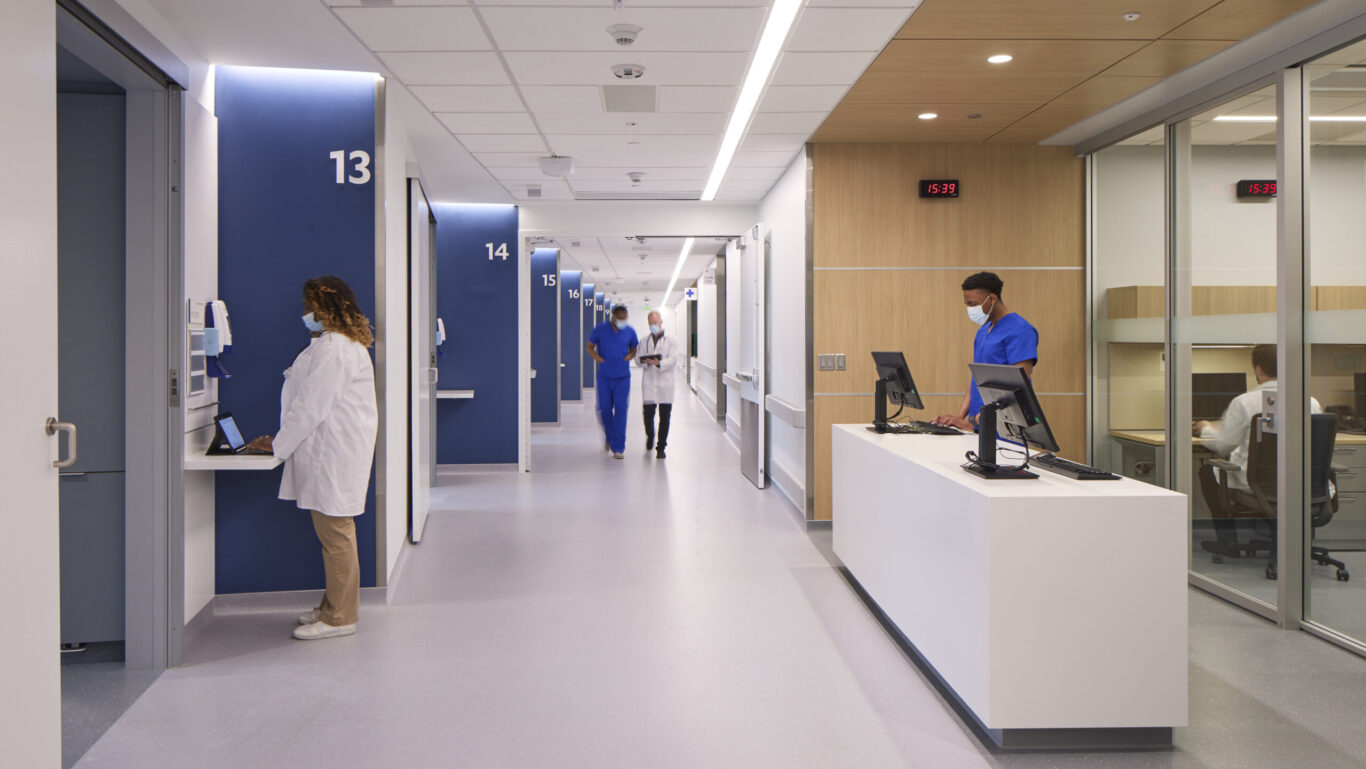
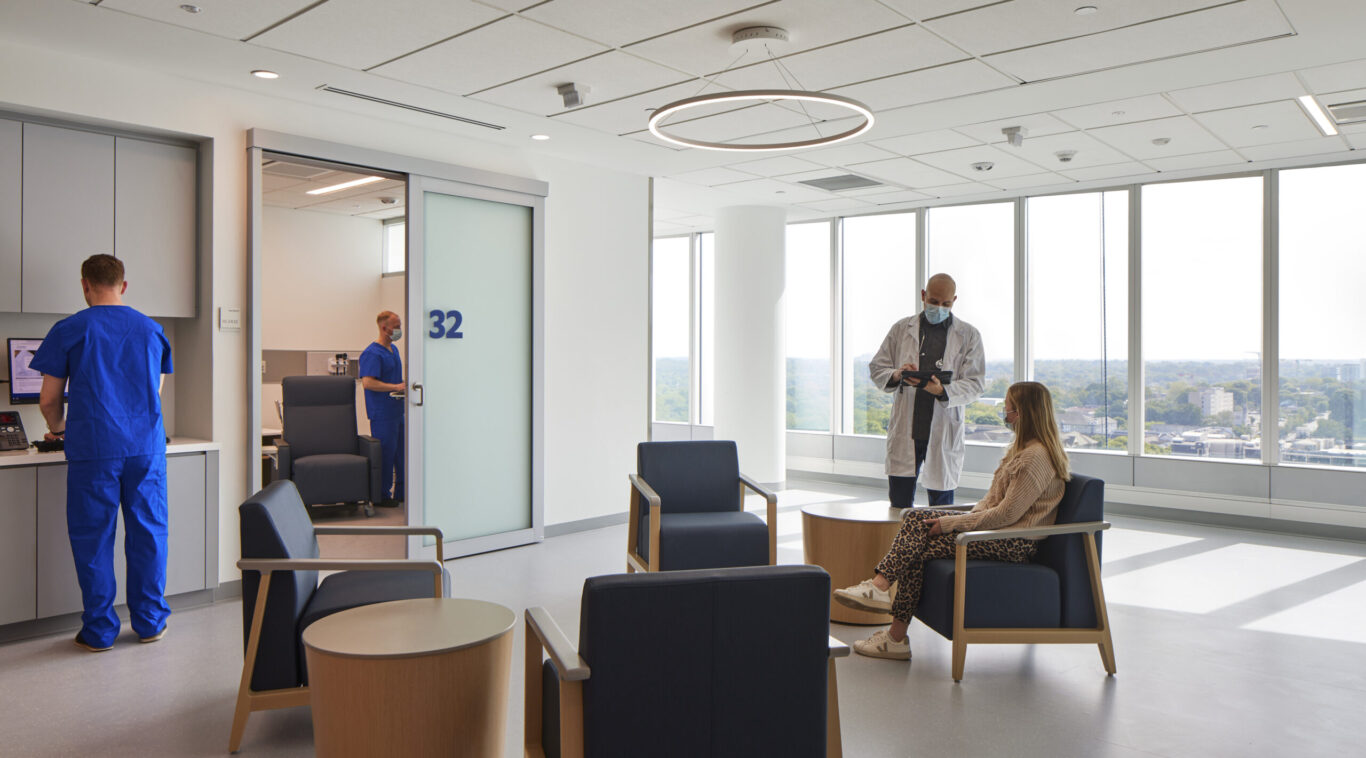
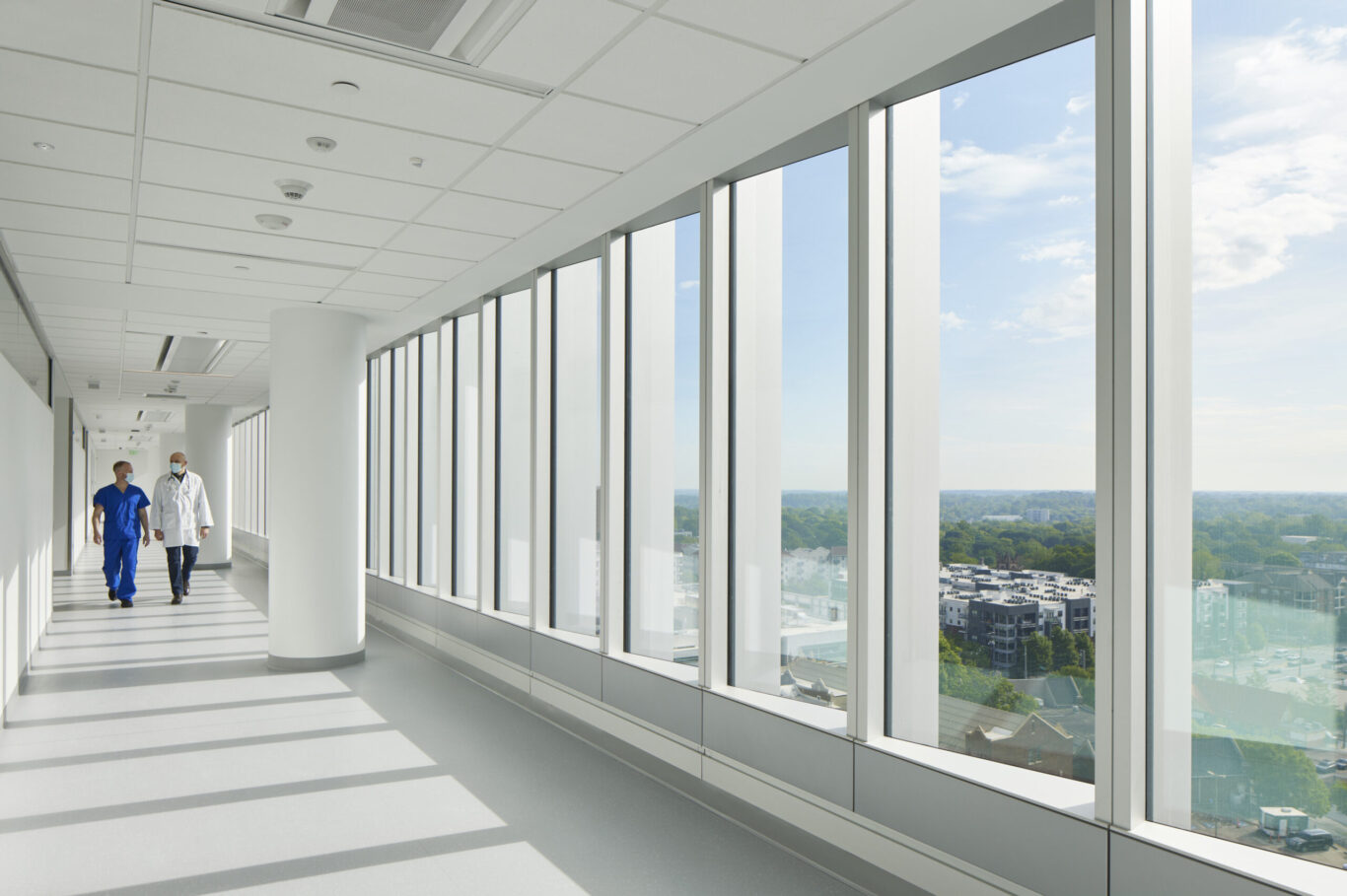
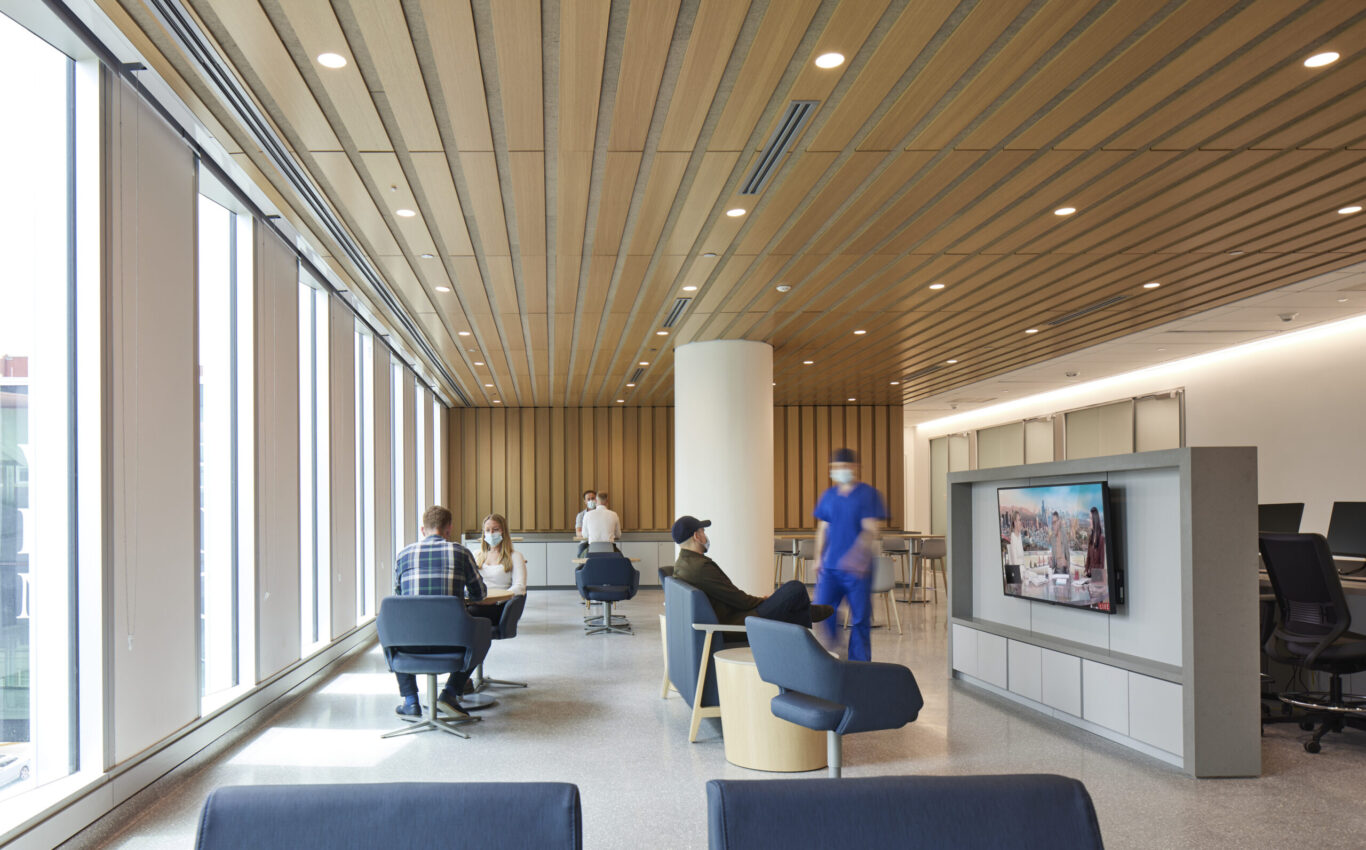
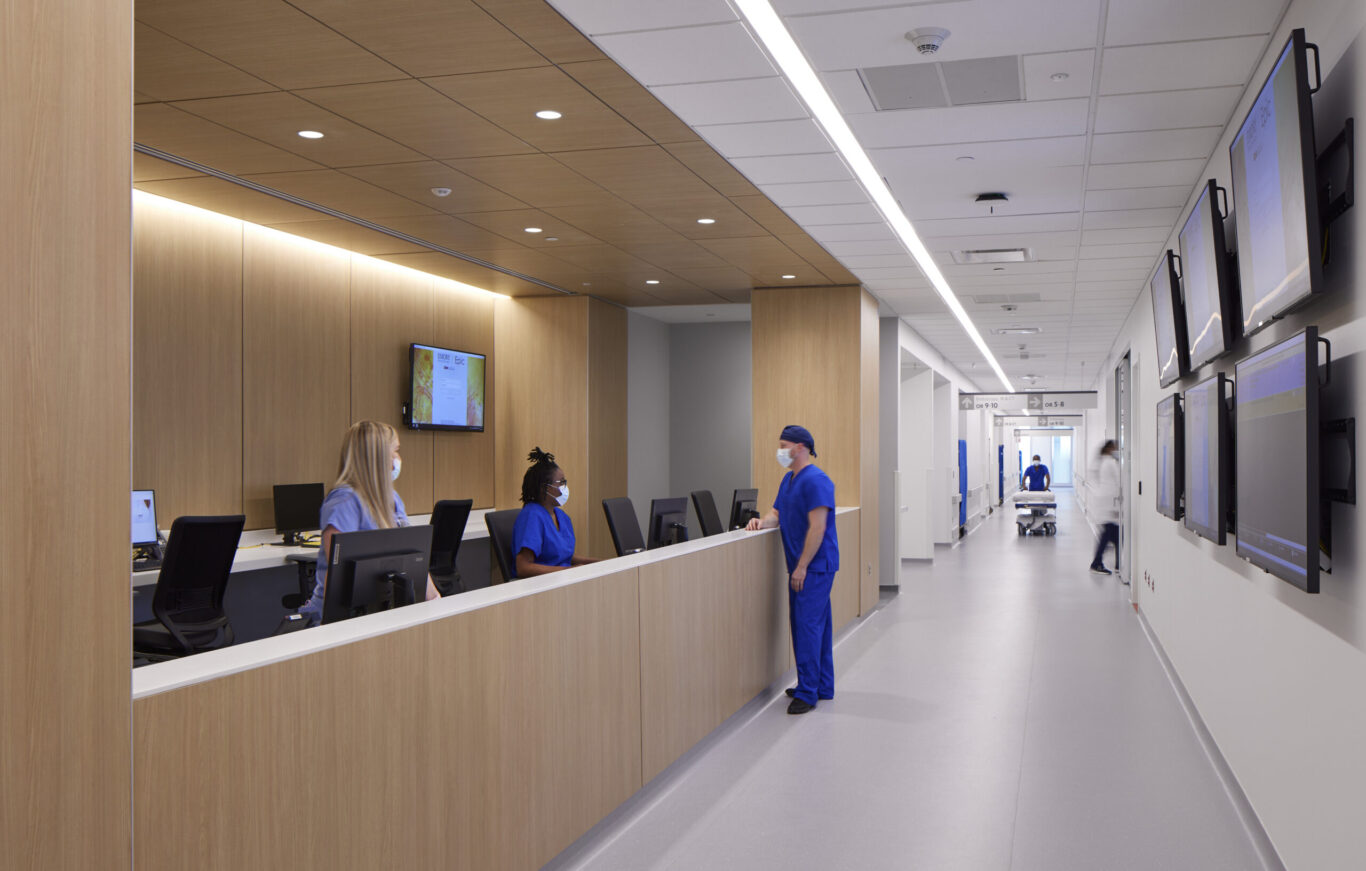
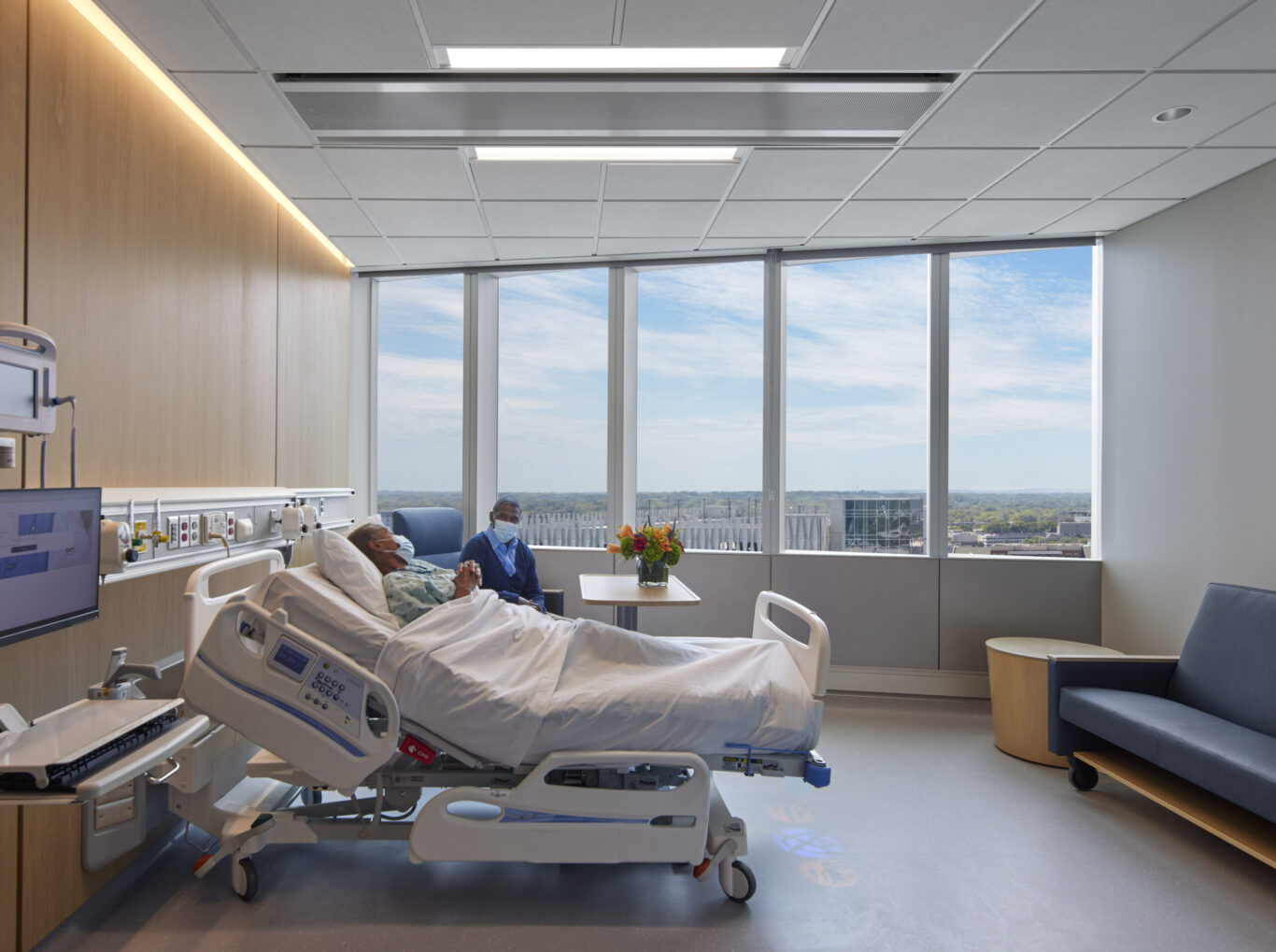
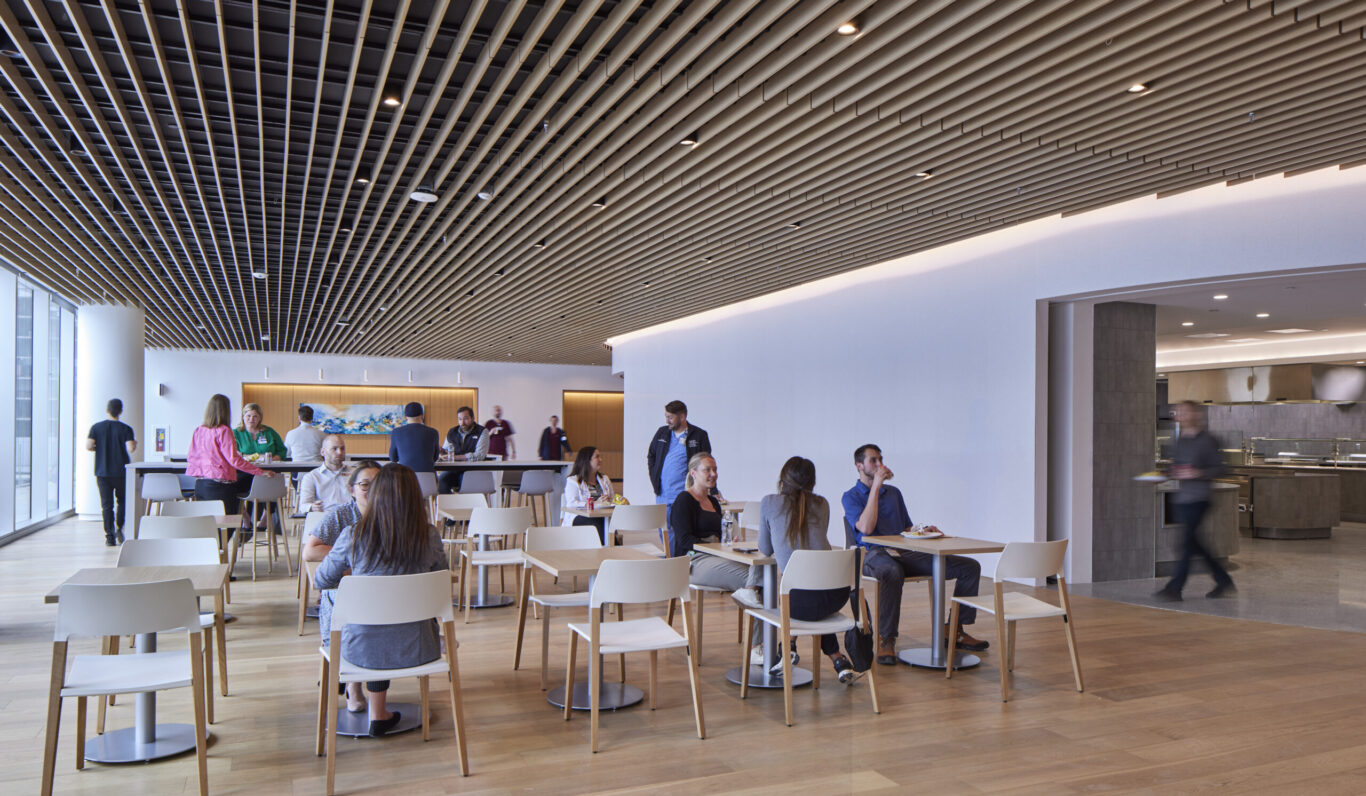
New York, New York, United States
Weston, Florida, United States
Weston, Florida, United States
01/